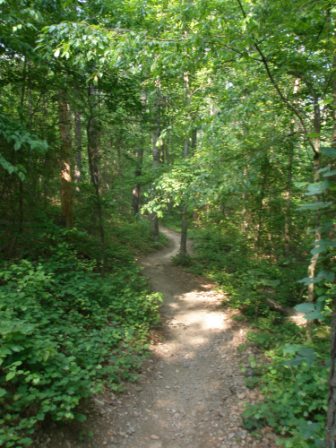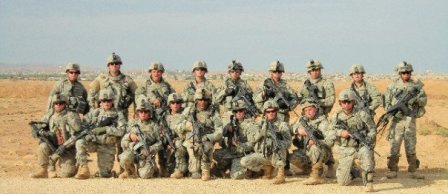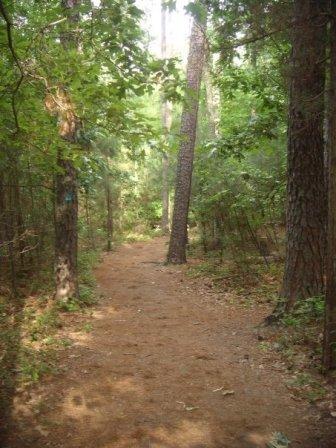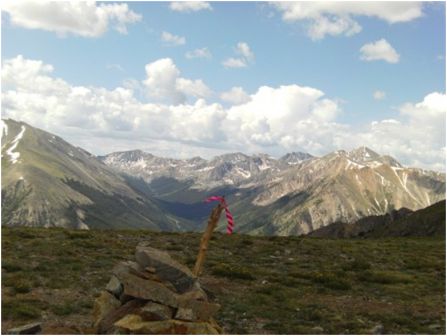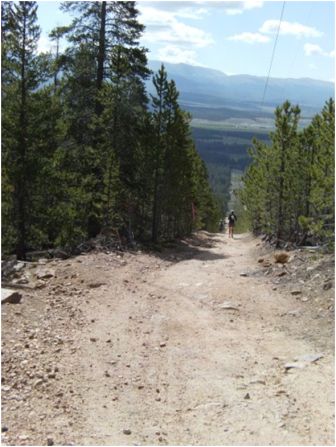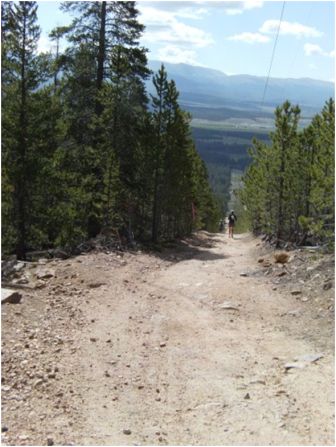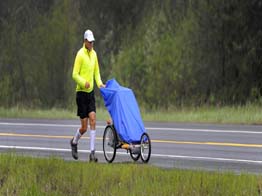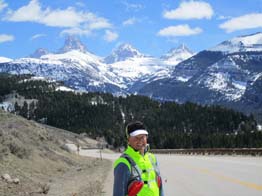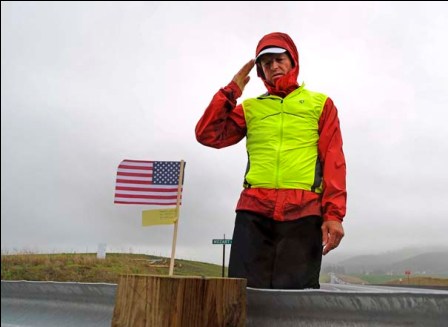26.2 Car Sticker, 13.1 Car Sticker, but 3.1 Car Sticker?!
Tuesday, July 27th, 2010 I’m going to have to say (well, write) something this time. I first saw the 26.2 sticker about a year ago. I believe it was on the back of a station wagon or hatchback of some sort that looked like every outdoor product ever purchased from REI was displayed on the back of the windshield. I wonder if I could get sponsored by so many companies…
I’m going to have to say (well, write) something this time. I first saw the 26.2 sticker about a year ago. I believe it was on the back of a station wagon or hatchback of some sort that looked like every outdoor product ever purchased from REI was displayed on the back of the windshield. I wonder if I could get sponsored by so many companies…
I remember thinking the car sticker was a decent idea, people are proud of running a marathon. RunningUSA statistics show that there were 467,000 marathon finishers last year. With a US population of 304 million, that means that .0015% of the population ran a marathon last year. So if you were one of those runners I’m impressed. I deduct that about 1% of the population has run at least one marathon in their lifetime. Finishing a marathon is a great accomplishment that runners can be proud of for the rest of their life. It makes sense to attach a permanent sticker to your car signifying this feat.
Then I started seeing the 13.1 stickers, usually appearing on SUVs next to stickers that allow access to a private neighborhood or a favorite beach area. At first I balked at this display, the first half of a full marathon is the easy part, but then I realized that running a half is still an accomplishment to many runners. Who am I to judge?
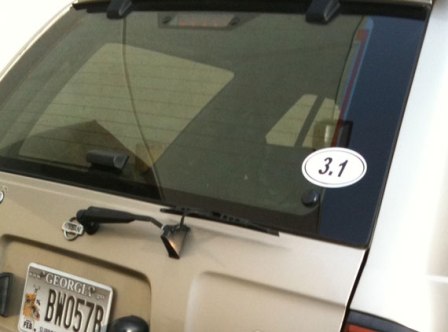 But now we’ve gone too far with the running stickers. My brother saw this 3.1 sticker on the back of a car this past weekend (in a burger joint parking lot). I think anyone that runs, sets goals, and works to accomplish them is awesome, no matter what the distance or goal is, but placing a 3.1 sticker on the back of your car is a little excessive. I mean seriously, Elementary School kids can run a 5K. Pretty much anyone can run a 5K. But my real problem with this is that the sticker is permanent. So what happens when you want to challenge yourself to run 6.2 miles or farther? Stickers can’t be removed, that’s what they are made to do, they stick. Why stop at your first accomplishment, keep pushing yourself, that’s what running is all about.
But now we’ve gone too far with the running stickers. My brother saw this 3.1 sticker on the back of a car this past weekend (in a burger joint parking lot). I think anyone that runs, sets goals, and works to accomplish them is awesome, no matter what the distance or goal is, but placing a 3.1 sticker on the back of your car is a little excessive. I mean seriously, Elementary School kids can run a 5K. Pretty much anyone can run a 5K. But my real problem with this is that the sticker is permanent. So what happens when you want to challenge yourself to run 6.2 miles or farther? Stickers can’t be removed, that’s what they are made to do, they stick. Why stop at your first accomplishment, keep pushing yourself, that’s what running is all about.
This is also one reason why I prefer trail races to road races, runners are more focused on finishing the race, pushing their bodies, and seeing what they are made of rather than distance and PRs (personal records). It’s not because Trail Runners are any different than other runners, it has more to do with the fact that no two trails are exactly the same so PRs are tough to compare. Also, distances tend to vary more than road races because geographical features keep them from being exact distances.
Either way, whether you are trail running or road running, setting goals and bragging about your accomplishments is part of the positive feedback you get from running, just don’t stick to one accomplishment. Keep challenging yourself…and don’t put a 3.1 sticker on the back of your car. That’s lame. Seriously.


